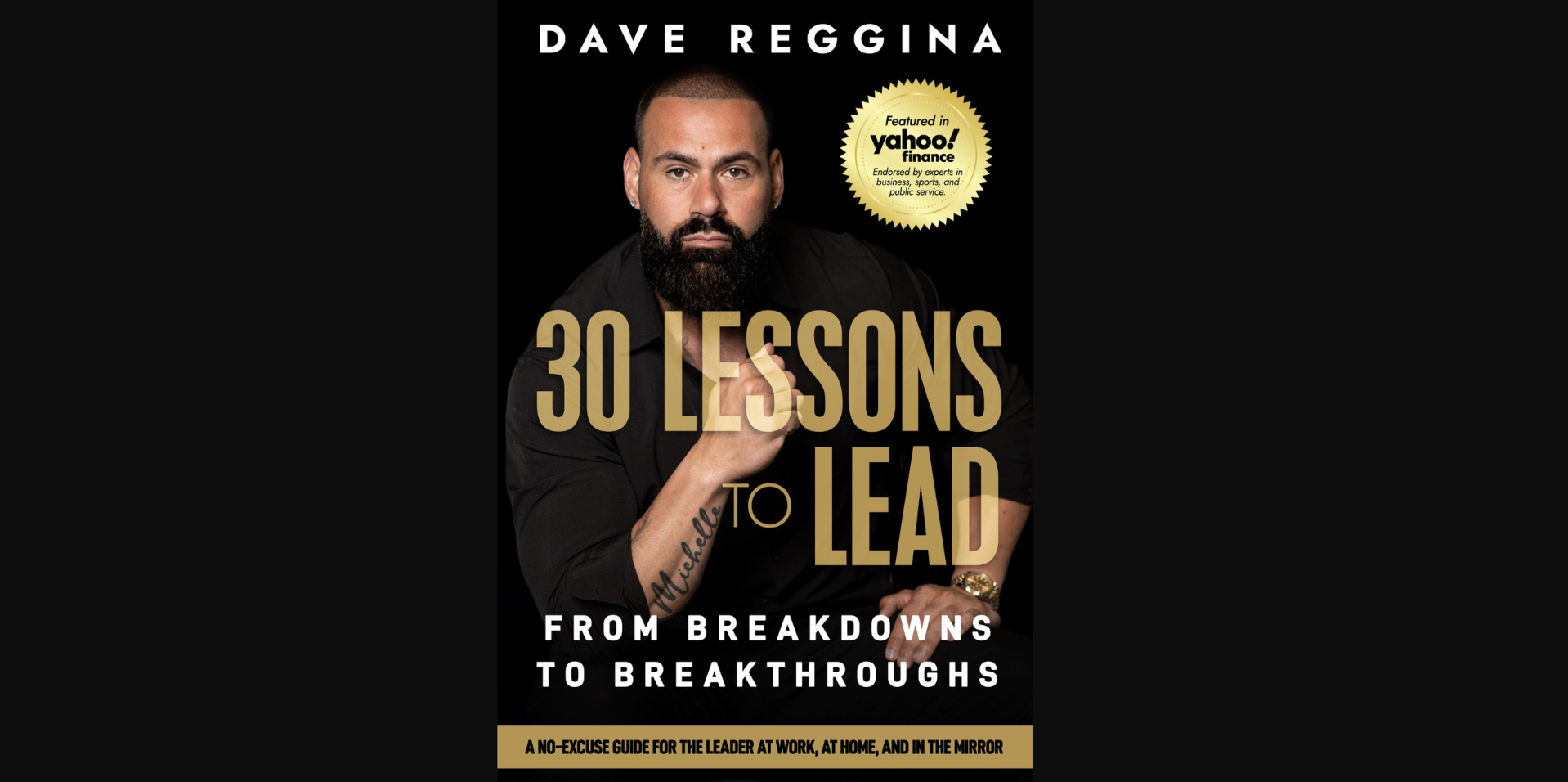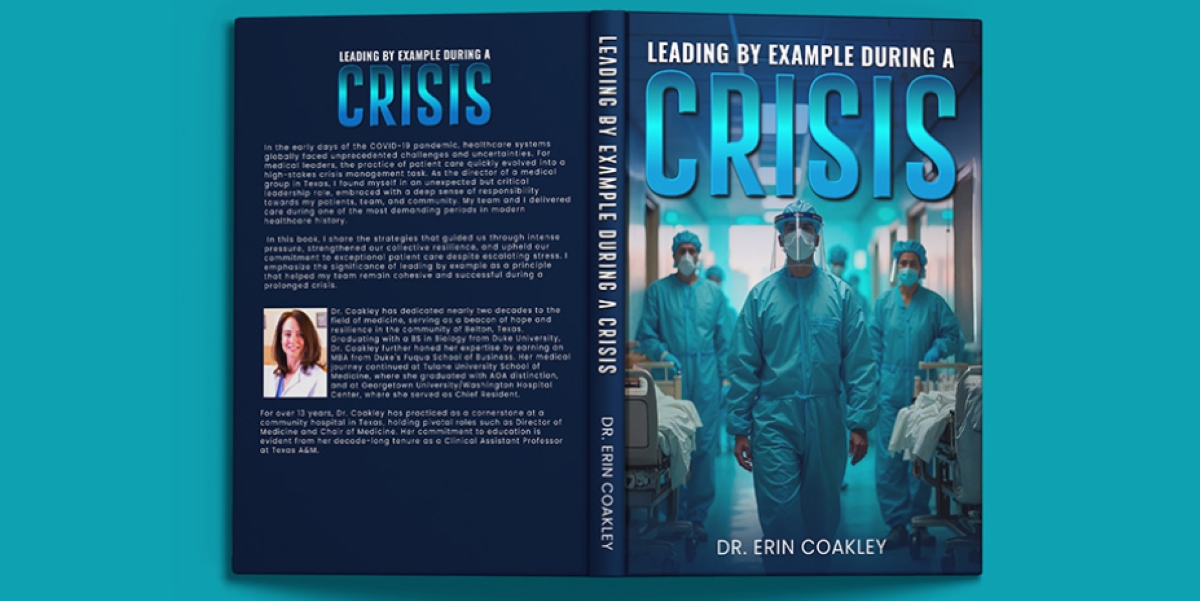The concept of Minimum Viable Product (MVP) has become a go-to strategy for startups and businesses in recent years – but what exactly is it, and why does it matter? In this comprehensive guide, we’ll demystify MVPs and explore how they can benefit your organization.
What is a Minimum Viable Product (MVP)?
Put simply, an MVP is a pared-down early version of a product built to validate your core assumptions. It focuses on having just enough key features to satisfy early adopters and get meaningful feedback.
Rather than investing months or years building out a full-blown product upfront, an MVP allows you to take a test-driven approach. You can put a prototype in front of real users and collect insights that inform smarter product decisions down the road. It’s all about learning quickly and reducing risk.
Here’s an example: say you have an idea for a fancy social media app with live video, influencer content, and more. Rather than diving right into full-scale development, you could first build a basic MVP focused solely on the core live video element and see how users respond.
The MVP approach helps startups rapidly iterate while avoiding overbuilding products users may not want. No wonder 74% of startups use MVPs to validate their ideas before going all-in. It allows them to fail fast and course-correct when needed.
When building their first MVP, startups often use an MVP template to provide an initial blueprint. But while templates can kickstart the process, the key is crafting an MVP tailored to test your specific assumptions. Follow proven methodologies like the Lean Startup framework to structure experiments that maximize learning.
In summary, an MVP template delivers a starting point, but customizing your MVP based on your unique hypotheses and goals is where the real magic lies. Focus on running quick experiments to unlock those early insights that drive smart product decisions.
Why is MVP Important?
MVPs offer several key benefits that make them an invaluable strategy:
Cost Savings
Launching an MVP cost, on average, 30-80% less than building a full-fledged product right out of the gate. By focusing on core features only, you avoid the huge costs and waste associated with developing features and capabilities that users may not even want or use in the end.
Around 45% of features in typical software products are rarely or never used. By adopting an MVP approach, companies can invest their money and resources more wisely into developing features that actually matter to users. The cost savings enabled by MVPs give startups and businesses more runway to experiment and iterate.
Risk Reduction
History is littered with examples of new product launches that failed spectacularly, often costing companies millions in wasted investment. A staggering 60% of new products fail because they do not effectively address real customer needs or solve real problems.
MVPs allow you to validate your core product assumptions and calibrate your solution to match market needs as early as possible. By putting a basic MVP in front of users, you can collect critical feedback on product-market fit before you spend months or years building out a product that may ultimately flop.
In this way, MVPs help reduce the risks associated with launching new products and ventures tremendously.
User Feedback Collection
The data and insights gathered from real users interacting with your MVP are invaluable. By releasing an early prototype of your product to a subset of target users, you can observe actual usage behavior, identify pain points, and collect feedback through surveys, interviews, and other methods.
Armed with this tangible user data rather than assumptions, you can make smarter product decisions that align with user needs and expectations. Just having an MVP out in the market starts generating crucial feedback that would be impossible to collect otherwise.
Faster Time-to-Market
The speed at which you can develop and launch an MVP gives you a significant competitive advantage. Instead of lengthy product release timelines common for full-blown products, MVPs can hit the market in weeks or months. The goal is to start generating real-world traction as quickly as possible.
By launching an MVP faster, you can establish a foothold in your target market ahead of competitors, win over early adopters, and capitalize on urgent business opportunities. Think of how long it takes for larger companies to release new products versus the pace of iteration at lean startups. Speed is a key advantage here.
In summary, MVPs can deliver immense value through cost savings, risk reduction, user feedback, and fast market traction – all crucial factors for business growth and success.
How to Implement an MVP Strategy
Here are some best practices for implementing a successful MVP:
- Clearly Define the Goal: Be crystal clear about what problem you are trying to solve and what metrics define success. This clarity of vision is essential.
- Focus on Core Features: Include just enough features to address the core problem and deliver basic functionality. Avoid getting bogged down by bells and whistles.
- Bound Scope Tightly: Keep the MVP’s scope limited to essential features. Poorly defined scope leads to 35% of MVP failures.
- Outline Minimum Viable User Experience: Outline the user flow required to test your hypotheses–no more, no less. Remove any unnecessary steps in the user journey.
- Develop Lean Processes: Employ agile development processes like Scrum to build, measure, learn, and iterate rapidly.
- Design Low-Fidelity Prototypes: Use wireframes and mockups to design a ‘good enough’ prototype to maximize learning. Avoid high-fidelity designs early on.
- Identify Your Riskiest Assumptions: Target the assumptions that carry the most risk and are most critical to test with your MVP.
- Get Comfortable Hearing “No”: Be prepared to pivot or persevere depending on the feedback. Not all product hypotheses will be validated.
- Map Stakeholders: Identify internal and external stakeholders early and clearly outline how the MVP impacts them.
By following these best practices, you can boost your chances of MVP success significantly. 90% of startups that implement MVPs strategically go on to secure funding.
Common MVP Challenges and Solutions
Developing an MVP comes with some common pitfalls to be aware of:
- Lack of Clear Value Proposition: 40% of MVPs fail because they don’t clearly convey the value offered to users. Clearly articulate the core benefit you provide.
- Misaligned Internal Stakeholders: Create alignment among internal stakeholders on MVP objectives. Lack of alignment can derail MVP success.
- Unclear Testing Methodology: Define quantitative metrics and qualitative feedback methods upfront to accurately evaluate your MVP.
- No Iteration Plan: Have a plan to iterate quickly based on user data. Build learning velocity into your MVP process.
- Getting Stuck in a Perfectionism Mindset: Resist the temptation to perfect your MVP. Focus on learning over polish.
- Underestimating Resource Requirements: Account for the skills, time, and effort needed to build, test, and iterate your MVP.
By anticipating these pitfalls and challenges, you can proactively navigate them and boost your probability of MVP success. Stay nimble and keep iterating.
Real-World MVP Case Studies
Let’s look at some inspiring case studies of companies that leveraged MVPs effectively:
- Airbnb: Launched an MVP by renting out air mattresses in their apartment to test the peer-to-peer housing concept. This early experiment eventually evolved into the hospitality giant.
- Dropbox: Validated their cloud storage concept with a simple MVP video. The video went viral and netted 75,000 signups overnight.
- Groupon: Initially created a basic WordPress site as an MVP to validate the discount deal model. The positive response propelled Groupon to rapid growth.
- Zappos: Launched with just pictures of shoes from local stores, without any inventory. This validated the online shoe sales market.
These examples demonstrate how even the most successful products started as simple MVPs focused on learning. Having the right strategic mindset is key.
To illustrate this rapid growth, here is a line graph showing the user expansion of a hypothetical startup after launching its MVP:

As you can see, by launching an MVP, these startups were able to validate their product idea and rapidly expand their user base to millions within months. The MVP enabled exponential growth by allowing for quick iteration based on real user data.
MVP vs. Full Product: Key Differences
| Minimum Viable Product | Full-Scale Product |
| Focuses on validating hypotheses and learning | Aims to provide a complete solution |
| Has just enough features to test core functionality | Has multiple features and capabilities |
| Low-fidelity and basic aesthetics | High-fidelity and visually appealing |
| Short-term and tactical | Long-term and strategic |
| Launched quickly based on assumptions | Launched after extensive R&D and planning |
This comparison table highlights how MVPs and full-blown products have fundamentally different strategic focuses. MVPs enable quick testing and learning.
Conclusion
MVPs enable rapid experimentation and innovation by validating your riskiest assumptions quickly and economically. To maximize their benefits, align on focused experiment objectives, tightly scope MVPs to key hypotheses, and aggressively iterate based on user feedback.
With this strategic mindset, MVPs provide invaluable early insights to inform smarter product decisions. Harness the power of MVPs to take your first step toward product-market fit faster than ever before.
Start testing your hypotheses and unlocking product-market fit. Stay nimble, learn quickly, and iterate fearlessly. The possibilities are endless.
Frequently Asked MVP Questions
Q1: How do I determine which features to include in an MVP?
Conduct customer interviews, surveys, and competition analysis to identify the riskiest assumptions and must-have features. Focus on addressing the core problem.
Q2: How long should an MVP development cycle be?
Ideally, 1-2 development sprints allow for rapid iteration. Time-box your MVP to keep the scope tight.
Q3: Can established companies benefit from MVPs?
Absolutely. MVPs help companies experiment with new ideas cost-effectively before building out new products.
Q4: Does my MVP need to be perfectly built?
No. Prioritize speed and learning over perfection in order to get quick user feedback.
Q5: Should I outsource my MVP development?
If feasible, in-house development allows more control and agility to iterate. Partner selectively for specialized skills.





